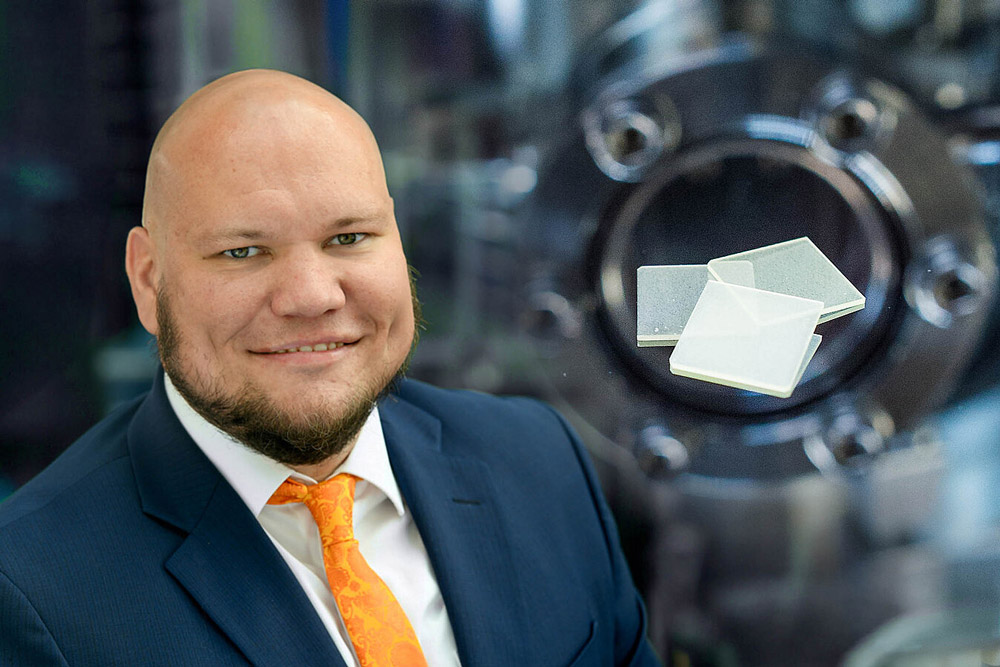News: Microelectronics
25 October 2024
All-GO-HEMT project gains €2m German funding to develop high-mobility gallium oxide
Led by Dr Andreas Fiedler at Germany’s Leibniz-Institut für Kristallzüchtung im Forschungsverbund Berlin e.V. (IKZ), the ‘All-GO-HEMT’ project aims to develop modulation-doped β-(AlxGa1-x)2O3/Ga2O3 heterostructures that exhibit high electron mobility. With total project funding of almost €2m, financed by the German Federal Ministry of Education and Research (BMBF), this project is expected to lead to a considerable increase in efficiency in power electronics and thus make a significant contribution to sustainable energy generation.
The All-GO-HEMT project utilizes the advantages of the ultra-wide-bandgap material gallium oxide (Ga2O3), which is considered to be a promising candidate for power electronics. Ga2O3 enables a more compact design, which not only increases the efficiency of the conversion processes but also improves the reliability of the systems. Compared with established materials such as silicon, gallium nitride and silicon carbide, Ga2O3 offers the potential for increasing efficiency that has not yet been fully exploited.
Even though power electronics based on Ga2O3 promise to be more efficient, the material is inferior to established materials in terms of charge carrier mobility.
The central aim of the project is to overcome the material limitation of Ga2O3 in terms of charge carrier mobility with the help of the innovative design of an aluminium-alloyed heterostructure and thus eliminate this disadvantage. “We are convinced that the efficiency of power electronics can be significantly increased through a combination of a more compact design and higher charge carrier mobility in our newly developed materials,” says Fiedler.
Another goal of All-GO-HEMT is to create a reliable material basis of Ga2O3 and the newly developed alloy with aluminium of the highest crystalline quality for research and industry. This basis is necessary because the development of high-performance devices with compact design and optimized manufacturing processes is currently limited by the insufficient availability of high-quality material. The project partner Ferdinand-Braun Institut (FBH) will use this material base to develop new prototypes for power electronic devices. These prototypes will then be tested by industrial mentor ZF Friedrichshafen AG for their suitability for industrial applications. In addition, the entire value chain, from crystal growth to the finished device, will be analyzed industrial mentors AIXTRON and Siltronic AG in order to quantify and evaluate the economic and ecological benefits of this technology at an early stage.

Picture: All-GO-HEMT project manager Dr Andreas Fiedler (left, photo by Tina Merkau) and gallium oxide wafer (right, photo by Volkmar Otto).
The All-GO-HEMT project is being funded as part of the BMBF NanoMatFutur competition for young researchers and aims to establish sustainable research structures by supporting excellent young researchers with funding of almost €2m. The NanoMatFutur grant will enable Fiedler to set up his own independent junior research group at IKZ over a period of five years. With this grant, he plans to put together a team consisting of a postdoc and two doctoral students to work on the research project and to promote and establish new talent in this field of research.
Self-aligned-gate gallium oxide metal-oxide-semiconductor transistors









